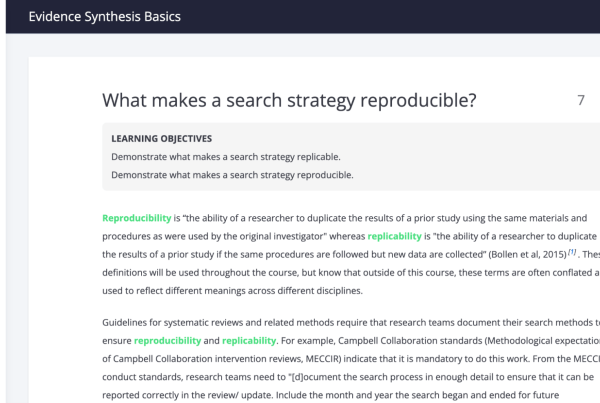By Adria Carpenter
From the first “weeds and seeds” medicines to today’s synthesized pharmaceuticals, the face of pharmacology is changing, literally.
When Jon Schommer was growing up near Lake Winnebago, his local pharmacy was a straightforward business. Patients were greeted by the smell of cough syrup, and the pharmacist behind the counter would fill out their prescriptions and tell them how to use it.
Schommer was fascinated by how a small, independently owned pharmacy could connect with a community and provide health-care services. And it inspired him to study pharmacology at the University of Wisconsin-Madison, where he received his undergraduate and graduate degrees.
Over the course of his 24-year career at the University of Minnesota’s Department of Pharmaceutical Care and Health Systems, Schommer has seen the field become increasingly specialized as new developments change our understanding of medicine and health care. Schommer himself specialized in social and administrative pharmacy, which examines societal and environmental factors that contribute to the use, non-use, and abuse of medications.
There are over 60 different pathways for pharmacology today, from nuclear pharmacy (using radioactive materials in treatment or diagnostics, like imaging tests) to pharmacovigilance (monitoring the safety of medicines in a population, like the ongoing opioid epidemic).
To explore these new developments, Schommer created INNOVATIONS in pharmacy, an open access academic journal, published by the University of Minnesota Libraries, in 2010. As the name suggests, the quarterly journal publishes original research, conceptual papers, case studies, clinical experiences and more.
“The more diverse ideas that we can have in pharmacy, the better it will be globally,” said Schommer, who serves as Editor-in-Chief.
Ideas travel farther when there are fewer barriers to access them, and Schommer realized that much of the costly mechanics of publishing — like billing, mailing, and delivery — are eliminated in open access journals, which are freely accessible via the Internet.
The result is an online publication with information freely available to anyone with a computer and Internet access. All the journal’s content is distributed with a Creative Commons Noncommercial Attribution license, meaning authors retain copyright to their work, and users can share and adapt that work for noncommercial purposes by citing the author and journal.
“We couldn’t do this journal without the Libraries. Nothing but good things to say.”
—Jon Schommer
“The big impetus, the big driving force for us, was to share ideas globally, and you can do that with the internet,” Schommer said. “People around the world can have free access to published work, and also to get their ideas out, which is very rewarding because a lot of times the cost is prohibitive.”
And there isn’t a financial barrier for users to read or download the information — INNOVATIONS in pharmacy does not charge authors any article processing fees. The journal’s few costs, like formatting papers for indexing on PubMed, are covered by the College of Pharmacy and the University Libraries. And because of the online format, there isn’t a page limit on submissions.
The journal’s content teams have members from across the United States, as well as international voices from the United Kingdom, Pakistan, Malaysia, and more. The teams are volunteer-run, with members donating their time to plan issues and review submissions.
“We have no staff. We just do it,” he said.
An international collaboration
This international collaboration has been invaluable for Schommer, especially when he encounters “brilliant” ideas and perspectives from researchers outside the United States health-care system. Through the journal, he’s also found topics he’s never considered before, like astropharmacy, which studies the effects of zero gravity and radiation on our bodies and medicines.
“I’ll start quoting their papers to all my colleagues, and then they get sick of me,” he laughed. “I really enjoy them because I’ve never thought of it before, and they’re opening my eyes to it.”
The journal is published by the UMN Libraries, and working with libraries staff has been “fabulous.” To produce the publication, the team relies on the software and expertise provided by the Libraries, he explained.
“We couldn’t do this journal without the Libraries,” Schommer said. “Nothing but good things to say.”
INNOVATIONS in pharmacy is published using Open Journal Systems (OJS), an open source journal publishing platform, from Public Knowledge Project, based at Simon Fraser University. OJS was selected by UMN Libraries in 2017 as part of the Libraries’ commitment to academy-owned infrastructure. OJS is used by 18 journals published by UMN Libraries, and by thousands of journals across the globe.





